Top Strategies & Rules for 3 Person Pickleball
3 person pickleball, often called cutthroat or Australian pickleball, is a unique twist on the traditional game. If you’re wondering how to play when you have an odd number of players, this format is the answer. One player competes against two on a standard court, creating new challenges and strategies. In this article, we’ll guide you through the rules, strategies, and benefits of 3 person pickleball.
Key Takeaways
-
3 Person Pickleball, or cutthroat pickleball, features one solo player against a duo, keeping all players actively engaged in a dynamic and strategic game.
-
Key rules include the solo player being the only one who can score points and a rotation system after each lost rally, ensuring all players experience both solo and team play.
-
Success relies on effective communication and coordination for the duo, while the solo player should focus on positioning and shot placement to disrupt the duo’s defenses.
Understanding 3 Person Pickleball
3 person pickleball, also known as cutthroat pickleball or Australian Pickleball, is a dynamic and strategic game where one player competes against two on a standard pickleball court. This format not only accommodates an odd number of players but also introduces new challenges and excitement compared to traditional pickleball. The game is designed to keep all players continuously engaged without the need for a fourth participant.
The setup is simple:
-
One solo player faces off against a duo on the opposite side of the net.
-
This configuration promotes a fast-paced and strategic gameplay experience, similar to Canadian Doubles and standard doubles play.
-
The solo player is the only one who can score points, adding an extra layer of strategy and intensity to the game.
-
Games typically last between 15 to 45 minutes, making it a great option for quick, exciting matches.
3 person pickleball ensures that three people can participate and enjoy the game, even with an odd number of players. This format is perfect for those looking to enhance their skills, enjoy a fun workout, and engage in a competitive yet inclusive sport.
Basic Rules for 3 Person Pickleball
Understanding the basic rules is crucial when playing pickleball with three players:
-
The game involves a solo player competing against a duo.
-
Rotations occur after each lost rally.
-
The solo player serves and can score points.
-
The duo aims to prevent the solo player from scoring.
After every rally lost by the solo player, the players rotate positions. The next player from the duo takes on the solo role, ensuring a fair and balanced game. This rotation keeps the game dynamic and engaging, allowing each player to experience both solo and team play.
Court Setup and Player Positioning
A standard pickleball court measuring 20×44 feet is used for 3 person pickleball. The setup and equipment requirements are:
-
Each player must use a regulation paddle.
-
Balls must meet USA Pickleball standards.
-
The solo player is positioned on one side of the net.
-
The duo takes the opposite side.
During rallies, the solo player must move quickly and strategically to cover more ground and respond to the duo’s shots. Maintaining adequate spacing and effective coverage is crucial for the duo, as crowding each other can lead to missed opportunities and points.
Serving Mechanics and Rules
In 3 person pickleball, the solo player serves by following these rules:
-
Serve from behind the baseline.
-
Ensure the serve is an underhand motion that contacts the ball below the waist.
-
Direct the serve diagonally across the court.
-
Make sure the serve lands within the normal boundaries of the receiving side.
-
Announce the score before serving to maintain clarity and fairness.
The receiving team has to ensure that the ball stays within the court half from which the solo player served. This rule is crucial for the game. If the serving side loses a rally, the players rotate positions clockwise, and the next player in line serves. This rotation ensures that all players get an equal opportunity to serve and play different roles, including the server.
This rotation system keeps the game fair and adds an element of strategy, requiring players to adapt to new roles and challenges constantly. The dynamic serving and rotation system makes 3 person pickleball an exciting and engaging format.
Scoring System
The scoring system in 3 person pickleball is unique, with only the solo player being able to score points. This game format requires the solo player to be highly strategic and skilled, as their performance directly impacts the game’s outcome.
To win, players must reach 11 points with at least a 2-point lead, ensuring a clear victory and maintaining competitive balance. The duo’s primary goal is to prevent the solo player from scored, adding a defensive layer to their play. This scoring system emphasizes skill and strategy, making each point crucial.
Key Strategies for Success
Success in 3 person pickleball hinges on smart strategies and quick thinking. Whether you’re the solo player or part of the duo, adapting your strategies based on the game’s dynamics is crucial.
For the solo player, it’s about positioning, shot placement, and maximizing your strengths. For the duo, effective communication and coordination are key to covering the court and preventing the solo player from scoring. Let’s dive into specific tactics for both roles.
Solo Player Tactics
As the solo player, focus on:
-
Positioning and shot placement to keep the duo on their toes.
-
Targeting the middle of the court to disrupt the duo’s coordination.
-
Using deep serves to create space and challenge the duo’s positioning, making it harder for them to return effectively.
Playing aggressively allows the solo player to take control of points early on. Here are some tactics to consider:
-
Aim for shots that require the duo to move quickly.
-
Especially target gaps between the duo players.
-
Adjust your play based on your opponents’ weaknesses to enhance your tactics.
Quick and strategic movement is essential to respond effectively to rallies and prevent openings in your defense.
Duo Team Coordination
For the duo, clear communication is crucial to avoid confusion and overlapping covers. Regularly communicate to prevent gaps in your coverage and ensure a unified defensive strategy. Determine who will cover middle shots to enhance your defense.
Working together and using your numbers to maintain pressure on the solo player can improve your chances. Prioritize consistent and accurate shots to keep the solo player on the defensive. This format enhances teamwork as players must coordinate their movements and strategies effectively.
Common Mistakes to Avoid
In the heat of the game, it’s easy to make mistakes that can cost you points and make you lose. Understanding and avoiding these common mistakes can significantly improve your hit performance, especially when you consider how the game wins played.
From overcommitting to one side to ineffective communication and poor shot selection, these errors can quickly turn the tide against you. Let’s explore how to avoid these pitfalls.
Overcommitting and Poor Positioning
A common mistake among solo players is overcommitting to one side of the court. This can lead to vulnerabilities in their game. This can create exploitable gaps for the duo. Focus on balanced movement and maintaining a flexible stance to avoid overcommitting.
Solo players should be cautious not to commit too heavily to one side, as this can open up easy opportunities for the opponent duo to score on the other side. Proper positioning and movement are crucial for two players to maintain a strong defense.
Miscommunication Among Players
Among duo players, effective communication prevents interference and missed shots. A common issue is that duo players often interfere with each other’s movements and shots. Establish clear signals and maintain consistent communication during the game.
Effective teamwork helps prevent gaps in coverage, thereby enhancing overall performance on the court.
Ineffective Shot Selection
Solo players are advised to avoid high-risk shots and instead focus on consistent, controlled returns. High-risk shots without considering the game situation can lead to unnecessary faults and lost points.
Maintaining control during gameplay involves prioritizing precision over power. Effective shot selection is critical as poor choices can quickly lead to losing points in a competitive game.
Benefits of Playing 3 Person Pickleball
Playing 3 person pickleball offers numerous benefits, including enhanced skills, community building, and inclusivity. This format promotes inclusiveness, allowing everyone to participate even when fewer players are available, fostering a sense of pickleball community. Many enjoy the chance to play pickleball together.
The game enhances court awareness and strategic thinking, as players must adapt to dynamic situations and utilize the tendencies of their opponents. It’s suitable for beginners, making it a great option for improving skills and building friendships while having fun.
Organizing a 3 Person Pickleball Game
Organizing a 3 person pickleball game is straightforward and ensures everyone gets to play. Ensure the court is prepared, and players understand their roles. This game format allows for one player to face off against a team of two, enhancing the game’s dynamics.
Establish rotation rules and maintain scorekeeping to promote enjoyment for all participants. Clear guidelines on rules adherence and player rotation help ensure fair play and enjoyment in 3-person pickleball.
Setting Up the Game
Playing 3 person pickleball requires a regulation paddle and USA Pickleball-approved balls. In 3 person pickleball, the single player serves from behind the baseline and must adhere to standard serving rules.
Designate starting positions before the game begins to clarify roles. The solo player must serve diagonally and announce the score before each serve.
Ensuring Fair Play
Players must adhere to kitchen line rules, which are standard in pickleball, during 3-person games. The next player becomes solo, creating a new pair after the solo player loses a rally in 3-person pickleball, ensuring a fair match.
Adhering to guidelines on rules and player rotation ensures fair play and enjoyment in 3-person pickleball. The solo player can only score points, making their role crucial in the first person game dynamics.
Summary
3 person pickleball is an exciting and strategic variant of the traditional game. It accommodates odd numbers of players, enhances skills, and fosters a sense of community. By understanding the rules, mastering strategies, and avoiding common mistakes, you can make the most of this dynamic and engaging game.
So next time you find yourself with just three people and a pickleball court, embrace the challenge and excitement of 3 person pickleball. It’s a game that promises fun, fitness, and a fantastic way to bond with fellow players.
Frequently Asked Questions
What is 3 person pickleball?
3 person pickleball, or Cutthroat, is a fun twist where one player takes on two opponents in a standard pickleball game. It offers a unique challenge and is a great way to mix up your regular matches!
How is the scoring system different in 3 person pickleball?
In three-person pickleball, only the solo player can score points, making it quite different from traditional doubles. The game is played to 11 points, and you need at least a 2-point lead to win.
How do players rotate in 3 person pickleball?
In three-person pickleball, players rotate after each rally lost by the solo player, with the next player from the duo stepping in as the solo player. This keeps the game moving and ensures everyone gets a turn!
What are some key strategies for the solo player?
As a solo player, concentrating on your positioning and shot placement is crucial. By targeting the middle of the court and staying quick on your feet, you can effectively break up the other team's rhythm.
What are some benefits of playing 3 person pickleball?
Playing 3 person pickleball is great because it boosts your skills and builds a sense of community, plus it allows for fun games even if you don’t have a full team. It's a win-win for both competitive players and casual fun!



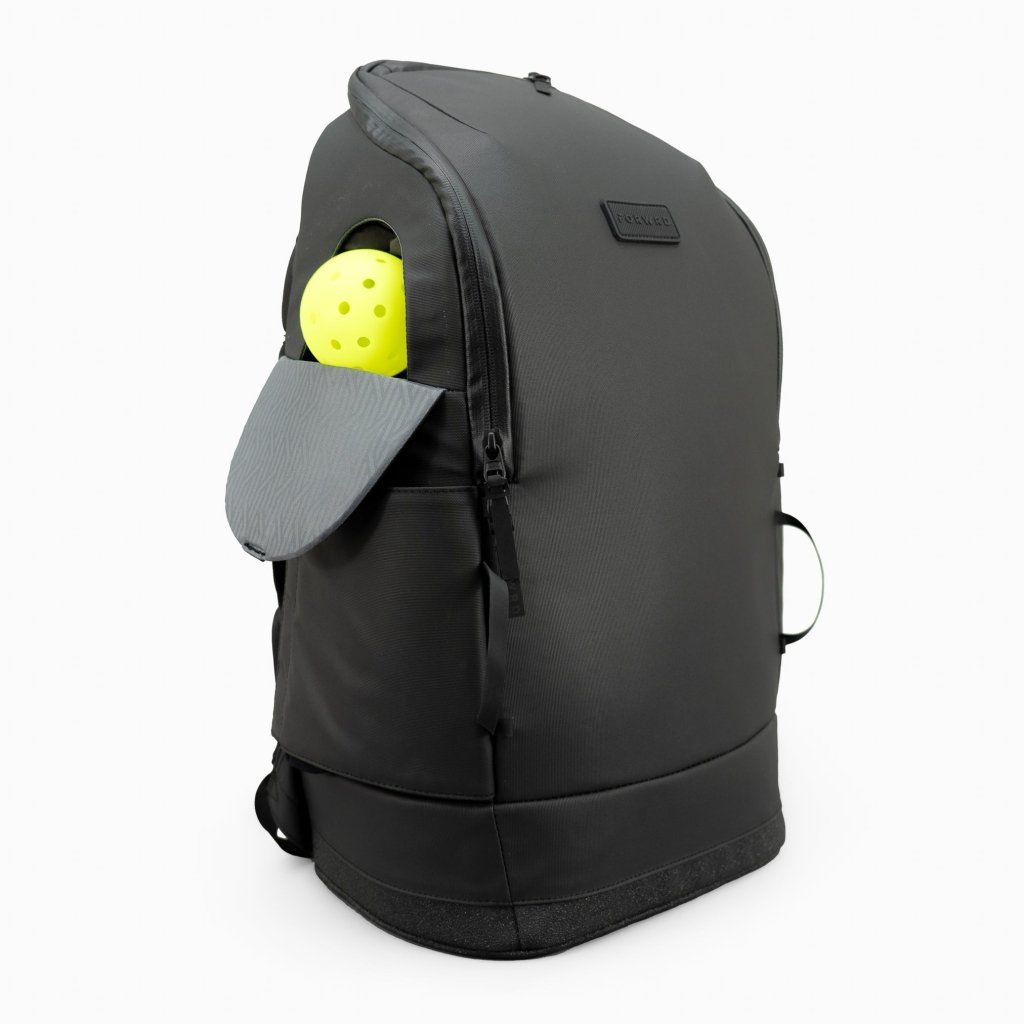
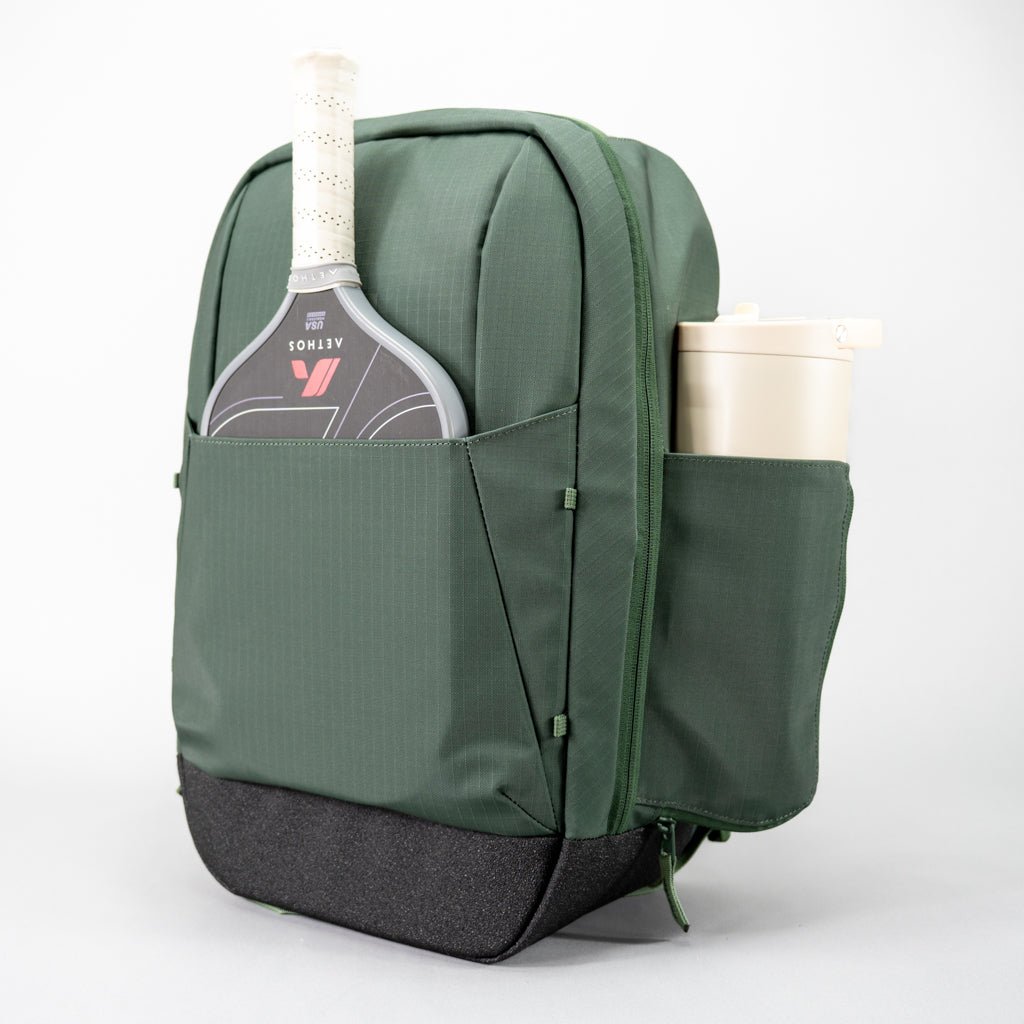
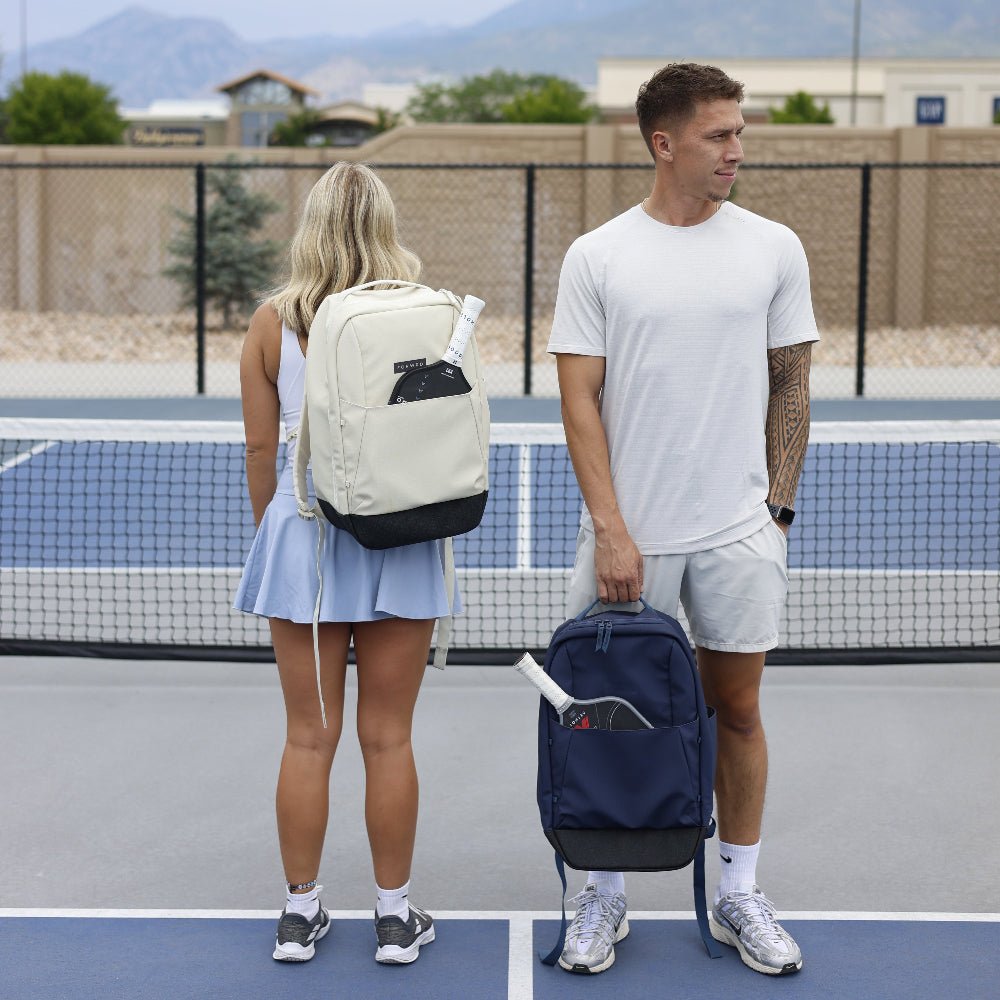

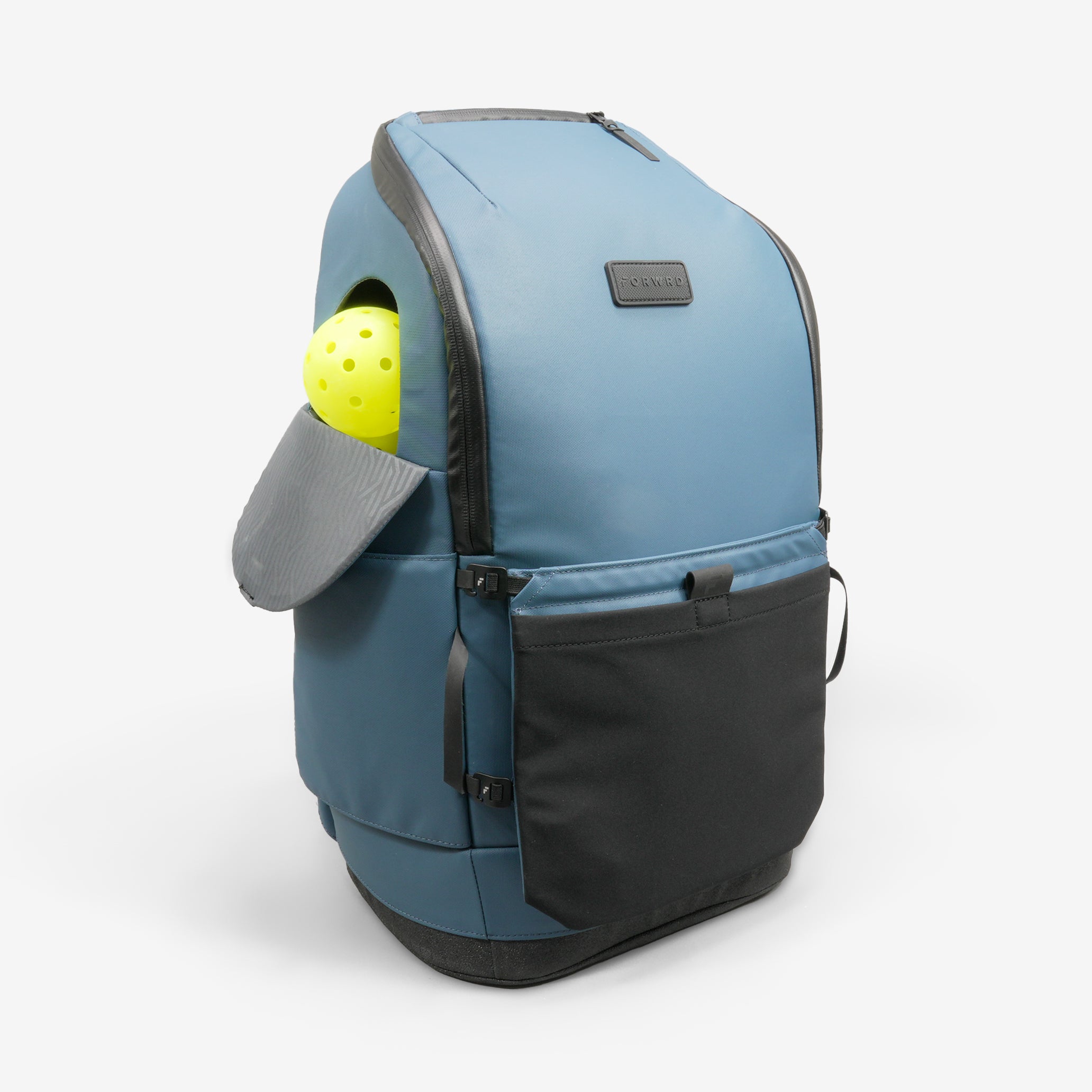
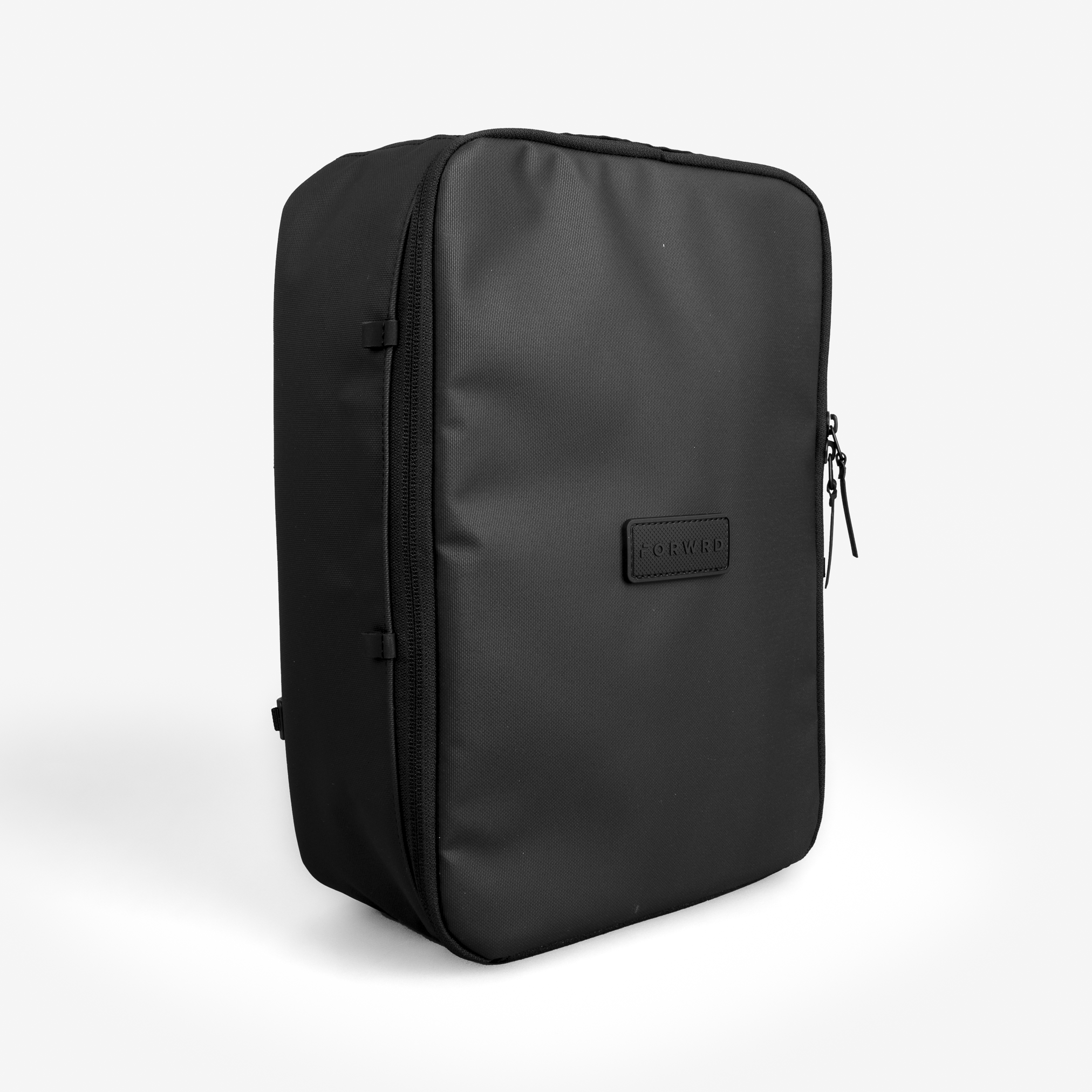
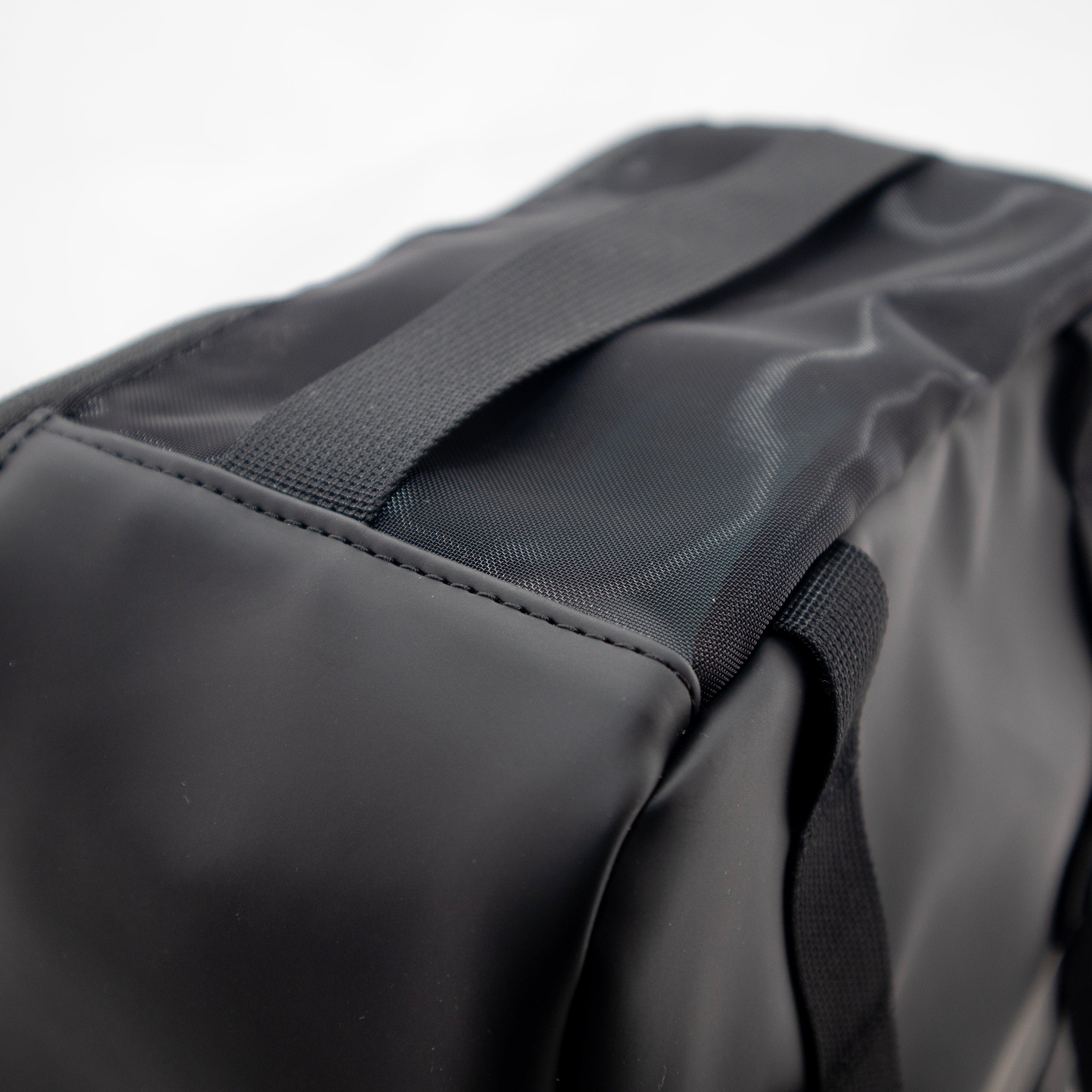



Leave a comment
All comments are moderated before being published.
This site is protected by hCaptcha and the hCaptcha Privacy Policy and Terms of Service apply.